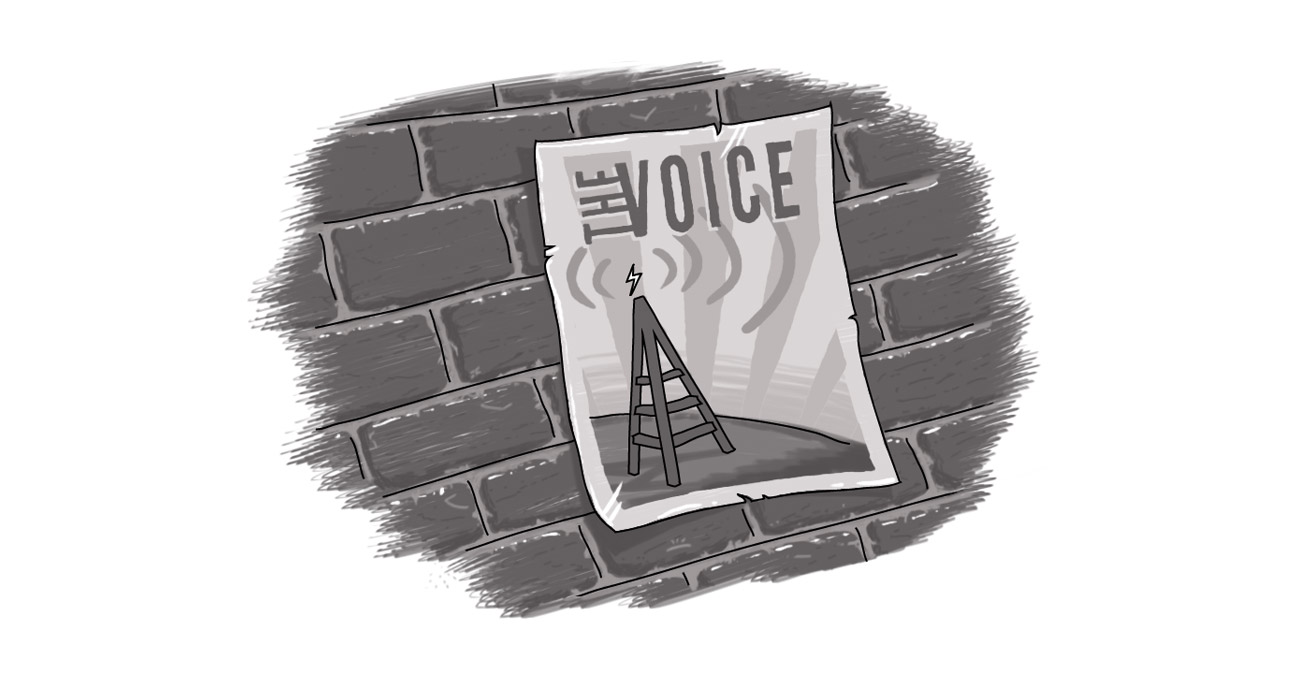Ghost Writing Must Be Invisible so the Message or the Brand Can Clearly Pass Through

You've likely seen those movies where a ghost or a spirit enters into a living person, and all of the sudden that person changes – they act awkwardly and behave oddly. It's clear the person is not themselves.
And if your ghost-written copy has that same type of feel, then you're doing it wrong.
Ensuring invisibility is key – and it's the best way to ensure your client's message shows through. It's hard enough to find our own voice, so imagine how challenging it can be for those of us who have to create using someone else's. And when you're trying to represent a business on-line it's even tougher. But it can be done. You just have to subjugate your ego and focus on the message – and the messenger. It also doesn't hurt to give yourself an outlet.
For people in marketing and communications it's vitally important that you keep yourself out of the messaging. We all have linguistic ticks (some would say crutches) upon which we lean, but the good brand voices eliminate them. How? By being vigilant and stripping out anything that reminds you of you.
In a previous job, I was responsible for creating messaging that would be recorded by senior management and distributed out to the field. There were four distinct personalities delivering messages that were varied in topics, but had to be consistent to the brand. Since I was responsible for establishing and maintaining the neutral brand voice, keeping on message was easy. The challenge was 'becoming' someone else.
In that role, I would engage in 'intellectual play-acting.' For example, one of the managers was an extremely positive, rah-rah type. That messaging played well with the field and his presentations were always well received. So it was vital that I translated that into his messaging. How? By writing everything like it was the most exciting thing I ever talked about. I had to manufacture enthusiasm and ensure it bled onto the page. Another manager was more subdued-yet-sarcastic; another was warm and caring; another was straight-laced and to-the-point.
To write for them, I had to pretend to be them. And, overall, it worked because the messages' recipients had no idea they were ghost-written.
That's what we do as communicators and marketers – we define the message and deliver it, not as ourselves but as the brand. We try to humanize our brands by being conversational and it's easy to slip up.
One of the worst things you can do, if you're responsible for brand messaging – either on-line or off – is blur the lines between where you end and the brand begins. Like mass media, there needs to be clear lines of demarcation: your "corporate" account should not be infused with personal ideologies. Rather, it needs to remain consistent with the brand message.
That's why I mentioned giving yourself an outlet. If you want to share your thoughts, feel free to create a personal blog, Twitter feed, or Facebook page and use that. It will help you avoid letting 'you' bleed into the brand you're representing.
After all, we want to humanize our brands, but we also need to understand what that brand represents. Digital Echidna is not about me. Digital Echidna is not even really about Andrew, though he's the founder and owner. Digital Echidna is a collection of amazingly talented people, from all walks of life, with a variety of ideas, beliefs, and backgrounds. Digital Echidna represents everyone and the work we do, so it's important that we are respectful of everyone.
When we create an on-line solution for our clients, we hold ourselves to the same ideals. We may be asked to define a message or create content, but, as the Content Strategist, I do my best to ensure that copy doesn't scream Jay. It can't even say Echidna – it has to align seamlessly with the client's vision, branding, and messaging.
So how do you do that? I bring it back to "What's in it for me?" messaging. Start by thinking of your client's customers' needs first, then answer those questions. That's the what – the challenge is the how.
Effective communicators and marketers learn all they can about their client's history, goals, and motivations. We talk to multiple staff members to get a feel for the corporate culture. And then, and only then, do we put pen to paper (or keystroke to screen, I guess).
Long-term, it's best for your client. You, as a writer, may not be on that project long-term. Internally, staff members may leave and new ones come aboard who will be responsible for continuing that messaging. If your brand is too tightly wound up in one person's identity, then it becomes hard for subsequent brand stewards to sustain that tone.
It's an evolving process. I do my best, but sometimes I slip up. Are there third-party Tweets and copy that I think can be identified as 'my style?' Sure. It's not an easy process and I'm most certainly not perfect. There's always room for improvement. But I bring it all back to the point of communications and marketing. It's not about personal glory. It's not about putting your stamp on a brand. It's about delivering the right message to the right person in the way that best meets their needs – and to do so in a clear manner with no obstructions in the customer's way.
If 'I' get in the way of that message, then I've failed. And, as communicators, if 'we' become our brand, then we run the risk of our brand – and everyone it represents – being conscripted to our personal beliefs.
When you're writing for a brand or a company, you have to be a ghost. After all, we want the message to pass through us unimpeded.
SUBSCRIBE TO OUR E-NEWSLETTER
 Subscribe
Subscribe


